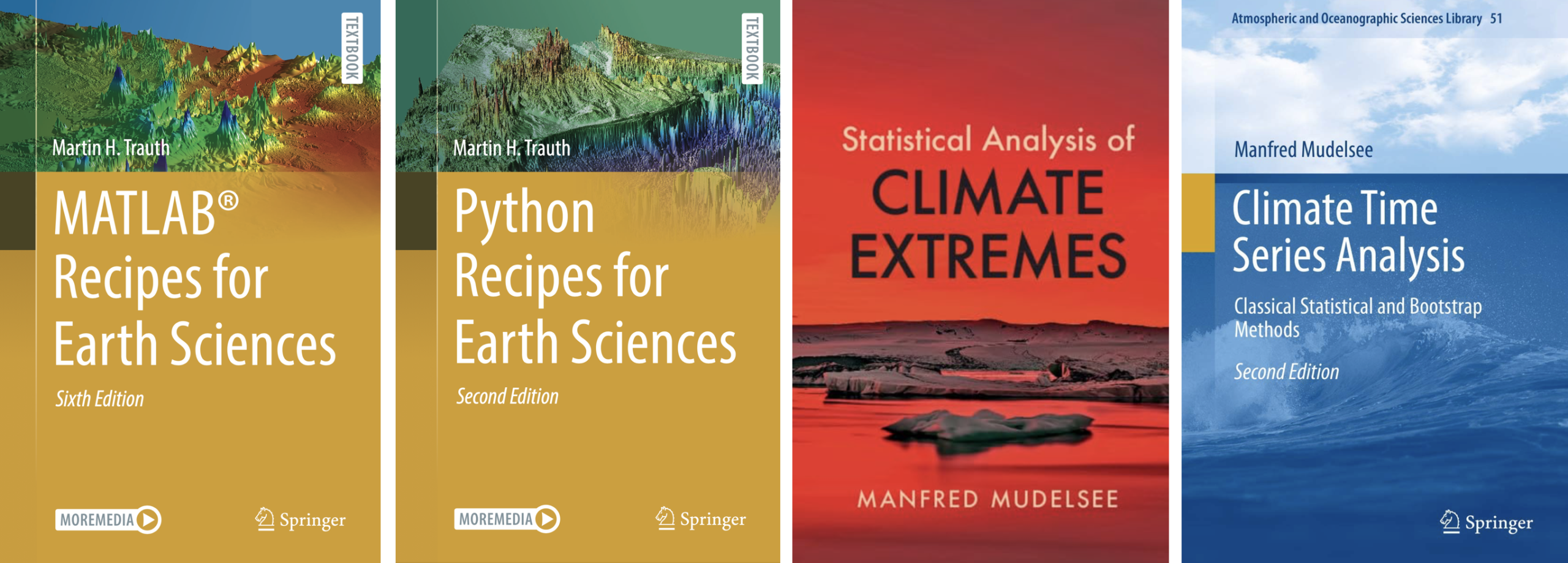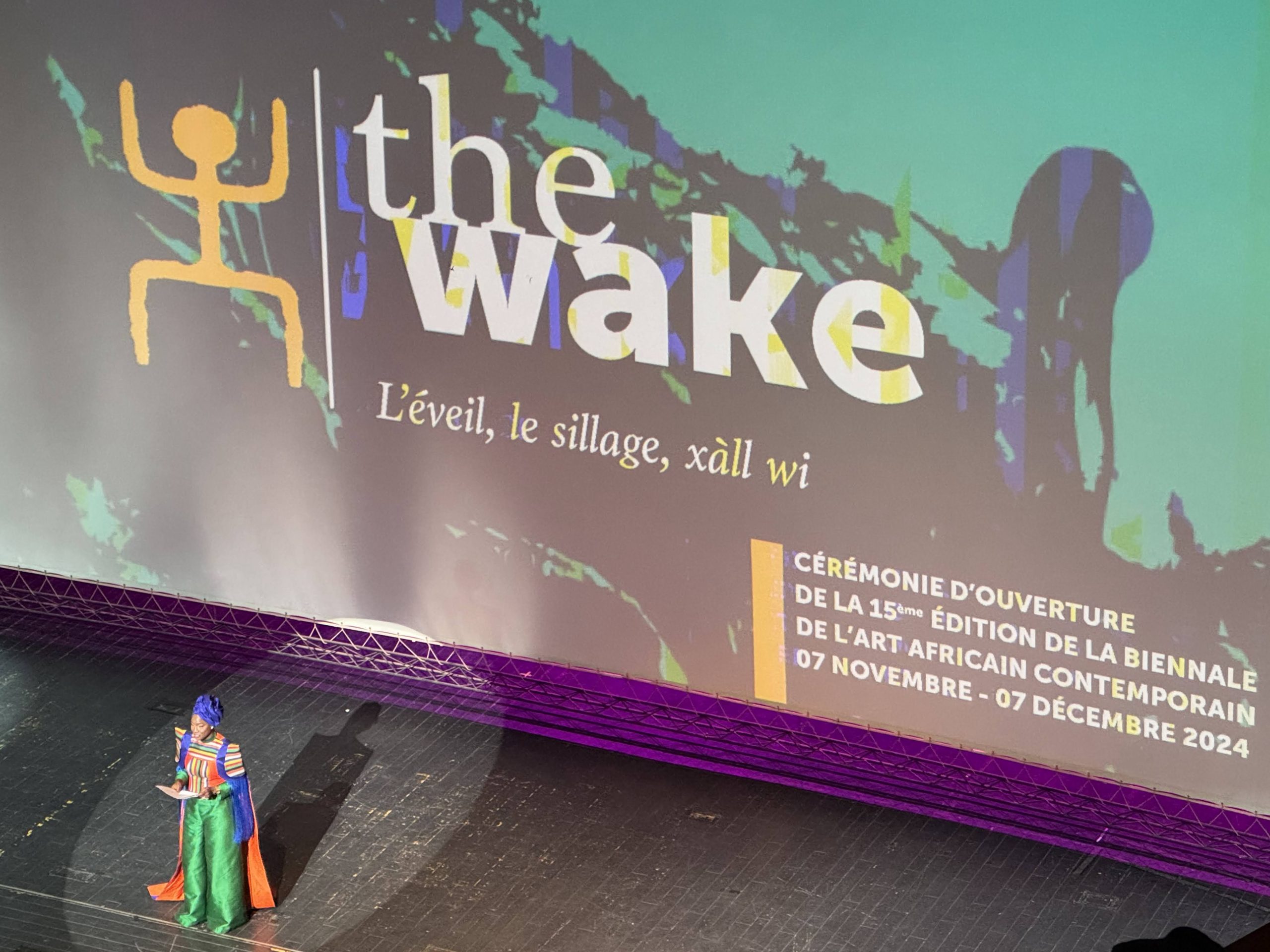PROTECT YOUR DNA WITH QUANTUM TECHNOLOGY
Orgo-Life the new way to the future Advertising by Adpathway
Nuchal sesamoids in shrews
July 5, 2025
Lateral (a, b) and postero-dorsal (c) views of the head and neck region in alcohol-preserved, intact specimens of Congosorex verheyeni (a, SMNS 50411), Surdisorex norae (b, FMNH 190260) and Congosorex phillipsorum (c, FMNH 177721). Posterodorsal view (c) is of the same semi-transverse section, osteology in red, with (left) and without (right) reconstructed soft-tissues evident in CT scan. rce = rhomboideus cervicis, s = nuchal sesamoid, sc = scapula, sp = splenius, tc = tracheal cartilages, T2 = second thoracic vertebra, T6 = sixth thoracic vertebra. Note greater opacity in nuchal sesamoids compared to tracheal cartilages. Oblique streaks in (c, left) and through the hyoid, angular process of dentary, ectotympanics and posterior skull in (b) are CT artefacts. Scale bars = 5 mm. Yuan et al. (2024: fig. 3).
I missed this paper (Yuan et al. 2024) when it came out last year, but my friend and colleague Jeremiah Scott brought it to my attention. The bit on nuchal sesamoids in shrews is so good and so weird that I’m just going to copy and paste it in its entirety. I loathe numbered references and supplementary info, so I’ve converted the numbered refs to standard author-year refs and inserted the relevant supplementary figure. If you’re not up on insectivore taxonomy (I wasn’t), Soricidae are shrews, Erinaceidae are hedgehogs and moonrats, and Talpidae are true moles. Yuan et al. (2024) is open access and linked here and at the bottom of the post.
– – – – – – – – – – – – – – – – – – – –
Among the most surprising results of our analysis is the discovery of a robust sesamoid in Myosoricini (see taxonomy in the electronic supplementary material, appendix S6), denser than nearby tracheal cartilages, similar in opacity to adjacent vertebral bone, and extending dorso-cranially from the second thoracic neural arch (figure 3; electronic supplementary material, table S4) towards the nuchal region. In Myosorex and Congosorex (electronic supplementary material, appendix S7), the nuchal sesamoid is elongate and comparable in proximo-distal length to these species’ humeri. It is shorter in the fossorial Surdisorex but still robust (figure 3b). Lin et al. (2013) noticed a structurally similar but smaller sesamoid in species of Crocidura, Suncus and Scutisorex, observations which we confirm in our sample (electronic supplementary material, figure S3, table S4). Lin et al. (2013) noted the element’s role in anchoring the splenius muscle and discussed how it may increase neck mobility. Our anatomical observations are consistent with their interpretation, although we cannot rule out additional functions, such as sensation or defence, particularly given the extraordinary length of the sesamoid in Congosorex and Myosorex. In Congosorex phillipsorum, the three most conspicuous muscles attaching to the nuchal sesamoid are splenius, rhomboideus capitis and rhomboideus cervicis (figure 3c), as shown in our animated CT volume (electronic supplementary material, appendix S7). Splenius originates along the proximal half of the sesamoid and inserts on the lateral surface of the anterior petromastoid (or ‘tabular’ of Sharma 1958). Both rhomboid muscles insert on the posterior end of the vertebral border of the scapula; rhomboideus capitis originates from the middle region of the sesamoid and rhomboideus cervicis originates from its cranial region (electronic supplementary material, appendix S7).
Lateral views of the neck region in alcohol-preserved, intact specimens of an erinaceid (A, Hylomus suillus, AMNH 278568) talpid (B, Uropsilus soricipes, AMNH 232373), and two soricids: Crocidura russula (C, UMMZ 157845), and Blarina brevicauda (D, UMMZ 154698). Note small nuchal sesamoids in A-C, lack thereof in D. Abbreviations are s = nuchal sesamoid, T2 = second thoracid vertebra, tc = tracheal cartilages. Scalebars = 5mm. Yuan et al. (2024: fig. S3).
We do not yet know the function of the robust nuchal sesamoid in Myosoricini. In specimens of Myosorex for which we have sex identifications (electronic supplementary material, table S4), the sesamoid : humerus length ratio is approximately 0.9 and broadly overlaps among males and females, suggesting that it is not the result of sexual selection. The sesamoid is embedded within soft tissues (electronic supplementary material, appendix S7) and, despite its needle-like appearance (figure 3), does not appear to protrude beyond the skin. There is no obvious lumen or groove along which glandular secretions could have been transported. Again, this is consistent with, but not exclusive to, a function related to mobility (Lin et al. 2013).
The nuchal sesamoid would be unlikely to survive skeletonization techniques typically applied in most museums, and is evident only among intact, alcohol-preserved or cleared-and-stained specimens. This is probably why it has remained undocumented in the published literature until now. For example, Sharma (1958) correctly noted in Suncus murinus that ‘the spinous process of the second thoracic vertebra’ (to which the sesamoid attaches) ‘is well developed’, but mentioned sesamoids only in reference to the manus and pes. Crocidura russula (electronic supplementary material, figure S3) and all other species of Crocidurinei observed to date (electronic supplementary material, table S4) nonetheless show a smaller version of the element seen in Myosoricini, as does the erinaceid Hylomys suillus (electronic supplementary material, figure S3a). Several talpids exhibit an elongate, midline element dorsal to cervical vertebrae and caudal to the skull. This approaches T2 in some specimens of Uropsilus (electronic supplementary material, figure S3b), but the sesamoid in talpids lacks a clear bony connection to their more gracile T2 neural arch.
– – – – – – – – – – – – – – – – – – – –
Stay tuned. Like the Dread Olecranon of Kentrosaurus, this post is building toward a future one.
References
- Lin YF, Lu TW, Dumont ER, Lee LL. 2013. Sticking necks out: a novel sesamoid bone in crocidurine shrews. In Society for Integrative and Comparative Biology. Cary, NC. https://sicb.org/abstracts/sticking-necks-out-a-novel-sesamoid-bone-in-crocidurine-shrews/.
- Sharma DR. 1958. Studies on the anatomy of the Indian insectivore, Suncus murinus. J. Morphol. 102, 427–553. (doi:10.1002/jmor.1051020303)
- Yuan H, Dickson ED, Martinez Q, Arnold P, Asher RJ. 2024. The origin and evolution of shrews (Soricidae, Mammalia). Proc. R. Soc. B 291: 20241856. https://doi.org/10.1098/rspb.2024.1856

























 English (US) ·
English (US) ·  French (CA) ·
French (CA) ·